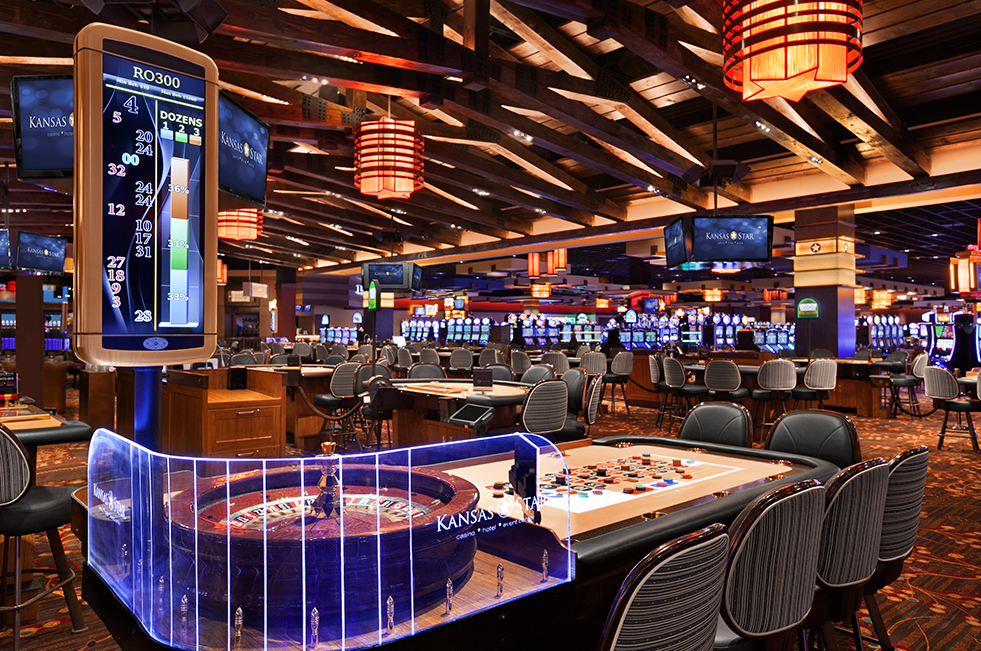Regarding slot games, players often become enthralled by the flashing lights, exciting themes, and the excitement of the reel spins. But beyond the sparkle and excitement lies an critical concept that every player should understand: Return to Player percentage, or RTP. This vital metric is essential in determining how much of your wagered money will return to you over time, shaping your experience and strategy as you play.
RTP is usually expressed in percentage terms and indicates the average amount of money returned to players compared to the total amount wagered. For instance, if a slot game has an RTP of ninety-five percent, it means that, on average terms, players should anticipate receiving 95 dollars for each $100 wagered. Understanding this concept can help players make informed decisions when choosing which slots to play, ultimately enhancing their gaming experience at the casino.
What is RTP?
The Return to Player concept, commonly referred to as RTP, refers to a crucial concept in the realm of slot machine games. It represents the fraction of total wagered amounts which a slot machine is set to return to players over time. For example, if a slot has an RTP of 95, this means that, in theory, players are likely to receive back $95 for every $100 placed in the long run. https://Gavn99.org/ Understanding RTP aids players evaluate the likely gains of the various slots available.
RTP is not a surety of specific victories but instead an average calculated across many spins. Players’ experience may differ significantly due to the luck intrinsic in slot games. A better RTP implies superior odds for the player, thus making it a key factor to take into account when selecting the slots to choose. Still, even with a high RTP, there can be periods in which players face losses, as luck plays a significant role.
It is also worth noting that various slots have diverse RTP percentages. Some slots could display a smaller RTP due to a high level of fun or special features, while others hold a increased percentage to attract more conservative players. Comprehending RTP enables players to form informed decisions about their gaming strategies and oversee their bankrolls efficiently while relishing the thrill of casino slot games.
The Way RTP is Determined
A Return to Player, or Return to Player, represents a key indicator within the world pertaining to casino slots titles. This denotes the percentage from all bet money that a gaming device is expected to pay back to players in the long run. Understanding how this measurement is derived demands understanding of both the game’s design as well as its reward structure. The RTP is calculated through complex calculations as well as statistical analyses executed in the course of the slot machine creation phase. Game developers consider multiple elements, including the likelihood of winning combinations as well as the size for payouts on each outcome.
To calculate this metric, developers model a significant quantity of spins on the slot machine. These modeling efforts help determine the average amount that typically, a gambler can expect to win according to their bets. For instance, if a slot game has an RTP of 95%, it suggests that, in theory, among every one hundred dollars wagered, gamblers should anticipate receive ninety-five bucks in return in the long term. This figure does not indicate how much a gambler will win during a single play and during a couple of plays; instead, it reflects long-term payout expectations.
RTP values tend to be generally released from the casino or slot creator. Players should always look for such information when choosing a casino slots, because it has the potential to affect their gaming experience. A higher return value typically indicates a better probability to recoup a segment of wagered money, although specific sessions can vary considerably. Grasping this concept enables players to choose wisely and improve their overall experience within the world of slot games.
Importance of Return to Player in Casino Games
Comprehending the Return to Player or Return to Player is crucial for any gamer involved in slot machines. RTP represents the percentage of wagered money that a game is set to pay back to gamers over the long run. A higher RTP shows that gamers can expect receiving a bigger portion of their wagers back, making it an important factor for those seeking to maximize their play experience. Knowing this number aids players make smart choices about which slots to play, as it can profoundly affect their potential winnings.

Moreover, RTP holds a crucial role in the overall equity and clarity of slot games. Players are often attracted to slots with greater RTP percentages because they provide a better opportunity of winning over the duration of gameplay. Gaming establishments and game developers use RTP as a marketing tool to lure gamers, guaranteeing they maintain a lead in the booming gaming industry. By being aware of RTP, gamers can choose slots that match with their risk tolerance and objectives.
In conclusion, the idea of RTP encourages safe gambling behavior. By understanding that not all slots will provide immediate returns and that Return to Player is based on extended play, gamers can manage their anticipations and playing habits effectively. This knowledge enhances the enjoyment of slot games while fostering a more sustainable gaming environment. Players who comprehend the importance of RTP are likely to have a better experience and lessen the risks of gambling issues.
